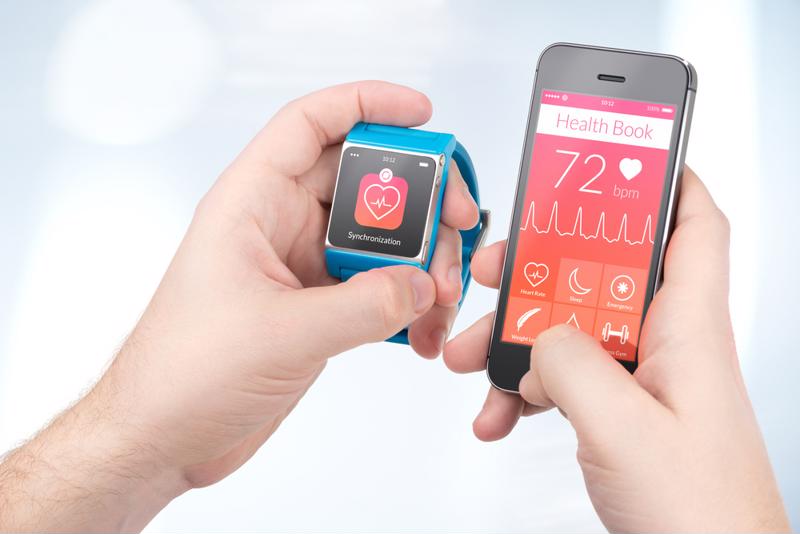
If life insurance was always a simple sell, everyone would have a policy. Polling confirms that ownership is far from universal, but recent survey data suggests that producers and agents are pressing the right buttons to get consumers to buy as of late. One of the ways they're finding success is by communicating more effectively, a newly released report reveals.
On scale of 1 to 1,000 – higher figures representing stellar sentiment – overall satisfaction among buyers registered a 771, a mere one point improvement from a similar study done last year, according to new data released by J.D. Power and Associates. However, when confining satisfaction to how positively customers felt about their correspondence with their agents, sentiment soared to 839, a 31 point jump compared to 2015.
Greg Hoeg, J.D. Power vice president of insurance operations, indicated that producers have focused much of their energies over the past year to being more communicative with clientele and their efforts appear to have paid some significant dividends.
"Life insurers are trying to compete in a stagnant pricing market by focusing on communicating with their customer," Hoeg explained. "They're getting more engaged, which is much to the delight of their customers."
Digital communication up sharply
Though the internet can sometimes seem like it's always been around, veteran agents know full well the degree to which it's increased their ability to stay in almost constant contact with customers compared to yesteryear, where clients are never more than a few keystrokes away from being reached. The J.D. Power study found that 27 percent of life insurance agents and consumers communicate through digital means, up from 21 percent in 2015. The increase was found among virtually every generation as well, including baby boomers and millennials.
What industry experts have to determine, Hoeg added, is when and how often they should reach out to customers.
"It's not as easy as assuming the younger generations want to be self-sufficient and only use digital channels or that older generations only want to communicate by talking with another person," Hoeg said.

Only 3 percent use wearable devices
Wearable devices are an additional way customers and agents are staying in sync. Whether in the form of chest straps or wristbands, fitness trackers collect information on users' healthy behaviors, which may result in lower premiums, a similar structure to user-based insurance that's common in the auto industry. These devices are still more of the exception than the norm, though, made available to 3 percent of life customers, J.D. Power noted from its analysis.
Insurers' refined marketing strategies, along with their added focus on communication, seem to be yielding fruit. According to a separate study done by global research and development group LIMRA, approximately 5 million more households have taken out life insurance policies in 2016 compared to 2010. Additionally, nearly 50 percent intend to purchase more within the next year, up 80 percent from five years ago.
Robert Kerzner, LIMRA president and CEO, referenced how insurers' improved communication is enabling producers to set the record straight that coverage is not as costly as it's often presumed to be. Customers have been found to inflate the expense by as much as 300 percent.


